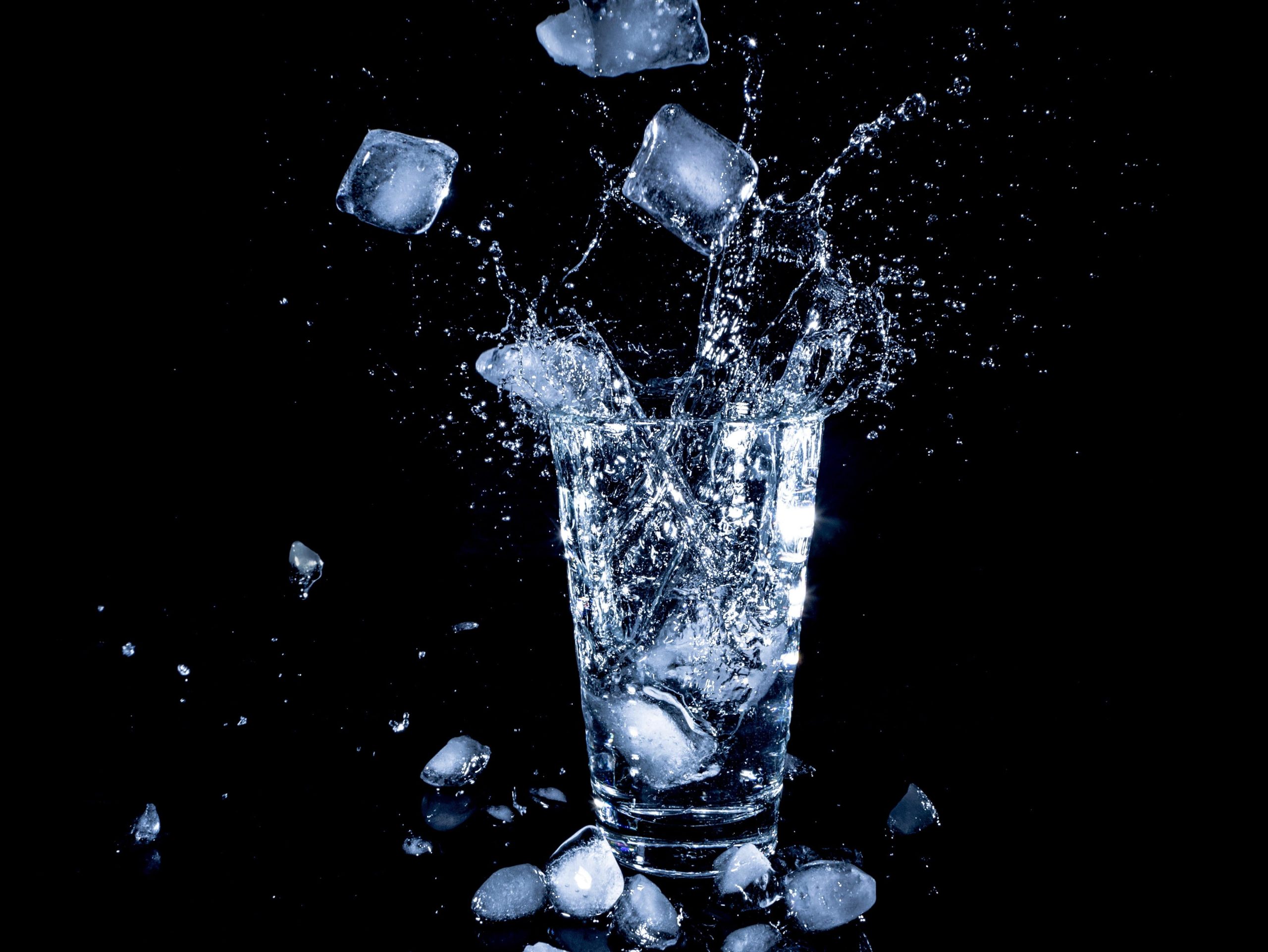As the summer heat sets in and temperatures soar, staying hydrated becomes a top priority. While drinking plenty of water is essential, did you know that exercise can also play an important role in keeping you hydrated? That’s right! Sweating it out during a workout session not only helps you burn calories but also aids in replenishing fluids lost through sweating. In this blog post, we’ll explore how exercise can help keep you cool and hydrated this summer season. So grab your water bottle and let’s get started!
The Science Behind Sweating and Exercise
When we sweat, our bodies are cooling themselves off. The evaporation of sweat from our skin helps to regulate our internal temperature. That’s why we sweat more when it’s hot outside or when we exercise—our bodies are trying to keep us cool.
But sweating isn’t just about temperature regulation. Sweating also helps to rid our bodies of toxins and waste products. As we sweat, we’re able to eliminate things like sodium, cholesterol, and heavy metals from our system.
So, sweating is good for us! It helps keep us cool and helps to cleanse our bodies of harmful toxins and waste products. But there is such a thing as too much of a good thing. If we sweat too much, we can become dehydrated. Dehydration can lead to dizziness, lightheadedness, headache, and even nausea and vomiting. It’s important to drink plenty of fluids (preferably water) during and after exercise to replace the fluid lost through sweating. Sports drinks can also be helpful in replenishing electrolytes like sodium and potassium that are lost through sweating.
The Different Types of Exercise
There are four main types of exercise: aerobic, anaerobic, flexibility, and balance.
Aerobic exercise is any type of activity that gets your heart rate up and makes you breathe harder. Running, biking, swimming, and walking are all examples of aerobic exercise. Anaerobic exercise is any type of activity that uses short bursts of energy and doesn’t require oxygen to be used by the muscles. Weightlifting and sprinting are examples of anaerobic exercise. Flexibility exercise helps improve the range of motion in your joints. Stretching, yoga, and pilates are all examples of flexibility exercises. Balance exercises help improve your ability to control your body’s position while standing or moving. Tai chi and certain types of dance are examples of balance exercises.
You can use one type of exercise or a combination of different types to stay healthy and fit. The important thing is to find an activity that you enjoy and make it part of your regular routine.
The Benefits of Exercise
When the weather outside is hot and humid, it’s important to stay hydrated by drinking plenty of fluids. But did you know that exercise can also help keep you hydrated?
When you sweat, your body loses not only water but also electrolytes like sodium and potassium. These electrolytes are essential for proper hydration, and they can be replaced by drinking sports drinks or eating foods like bananas.
But how does exercise help you stay hydrated? First, it helps promote blood circulation, which helps deliver oxygen and nutrients to your cells. Second, it helps your body sweat more efficiently, which means you lose less water overall. Finally, it helps reduce stress hormones that can lead to dehydration.
So if you’re looking to stay hydrated this summer, make sure to get moving and sweat it out!
How to Exercise Safely in the Summer Heat
If you’re like most people, you probably want to stay in shape during the summer months. But exercising in the heat can be dangerous if you don’t take precautions. Here are a few tips to help you exercise safely in the summer heat:
1. Drink plenty of fluids before, during, and after your workout. Water is best, butsports drinks can also help replenish electrolytes.
2. Dress appropriately for the weather. Wear loose-fitting, light-colored clothing made from breathable fabrics like cotton.
3. Avoid exercising outdoors during the hottest part of the day (between 10 am and 3 pm). If you must exercise outdoors, try to find a shady spot to do it in.
4. Take breaks often tocool down and drink more fluids if needed.
5. Listen to your body and stop exercising if you feel dizzy, lightheaded, or nauseous. These are signs of heat exhaustion, which can lead to heat stroke if not treated promptly.
Conclusion
With the summer heat comes a heightened need for hydration. We hope that this article has enlightened you on how to ensure your body is getting plenty of fluids, even amidst an intense summer exercise routine. By being mindful about your water intake and following our tried-and-true tips, hopefully you can stay cool, calm and collected as temperatures rise. So don’t sweat it out; just be sure to drink it!




